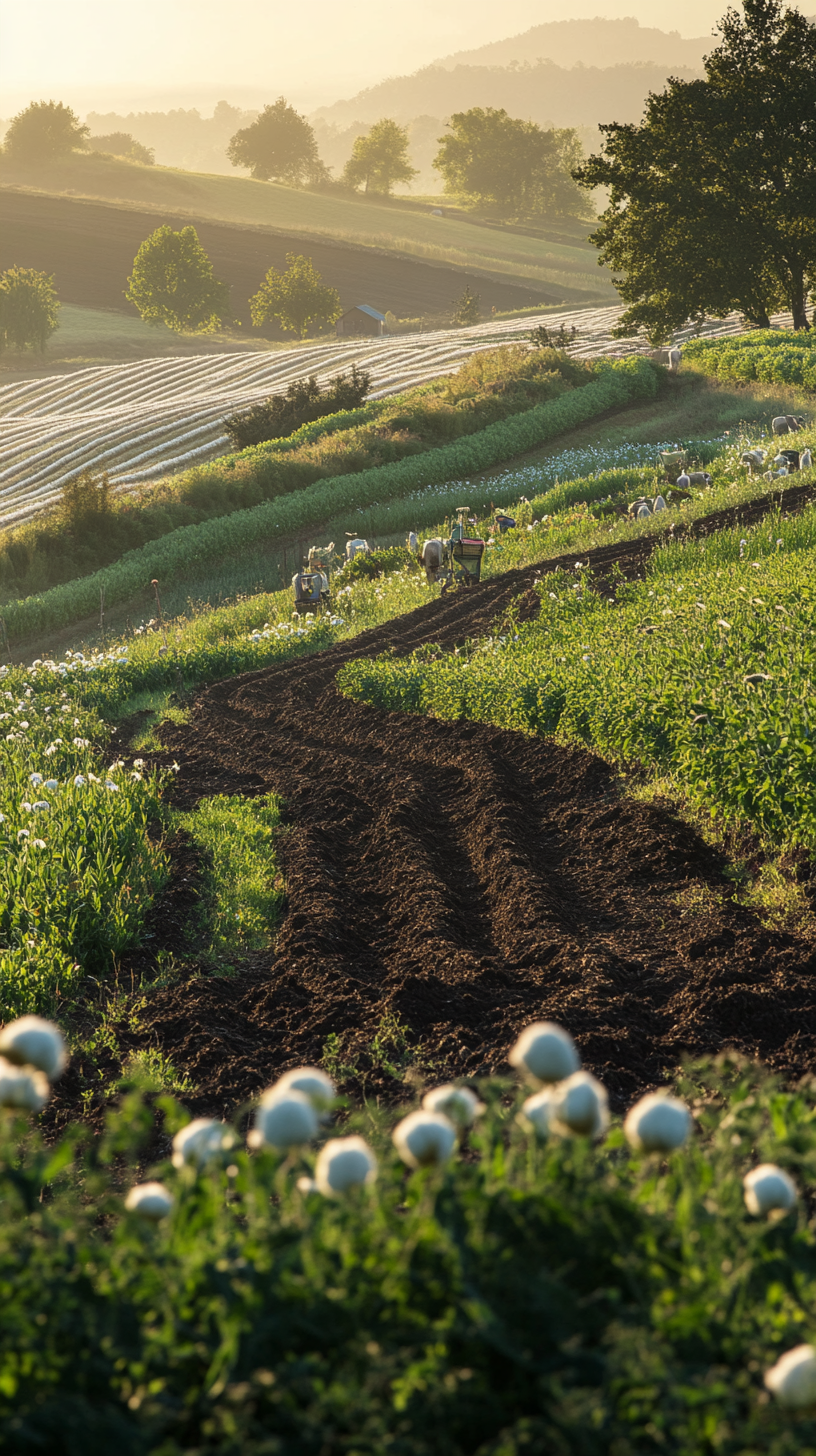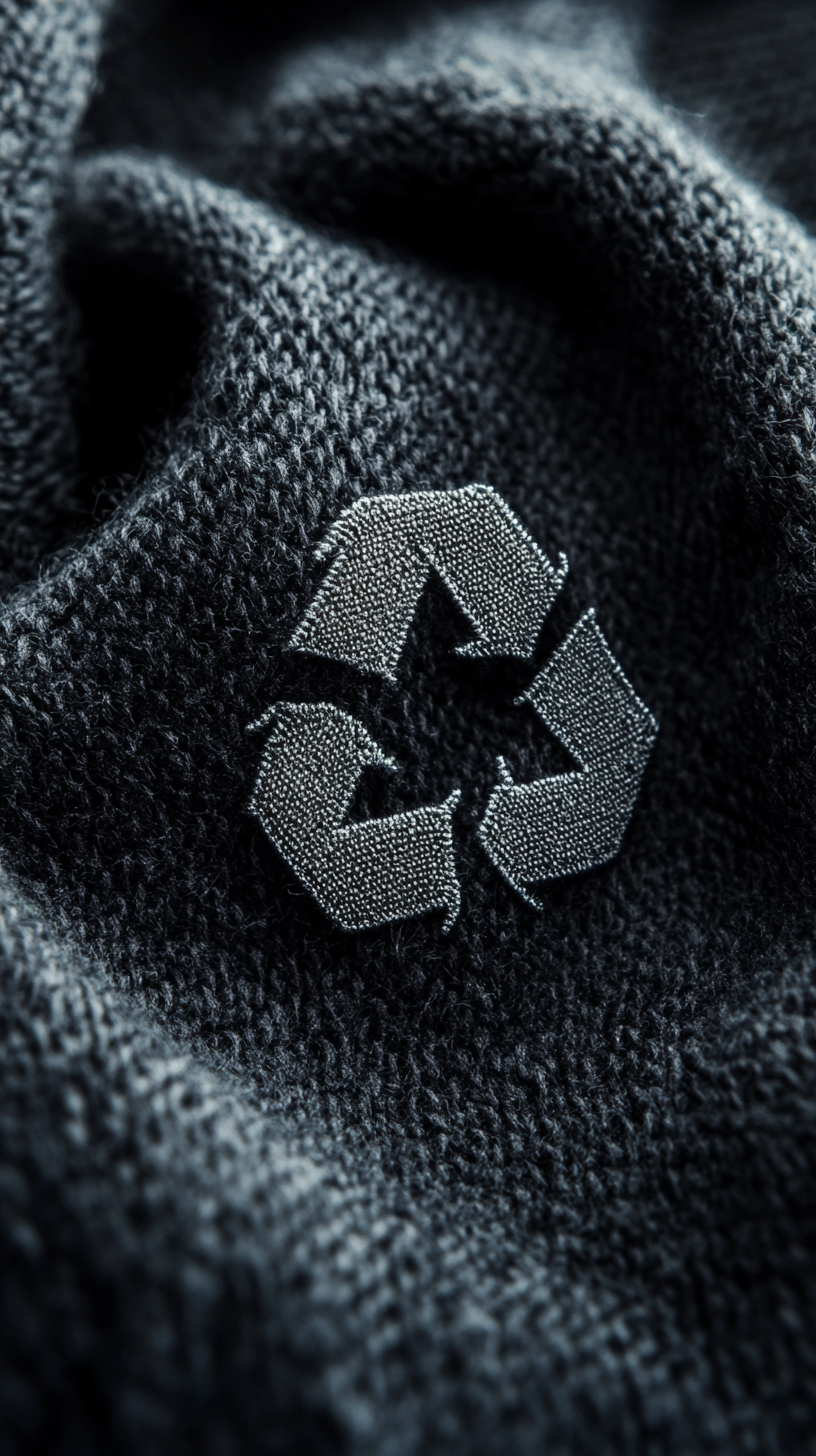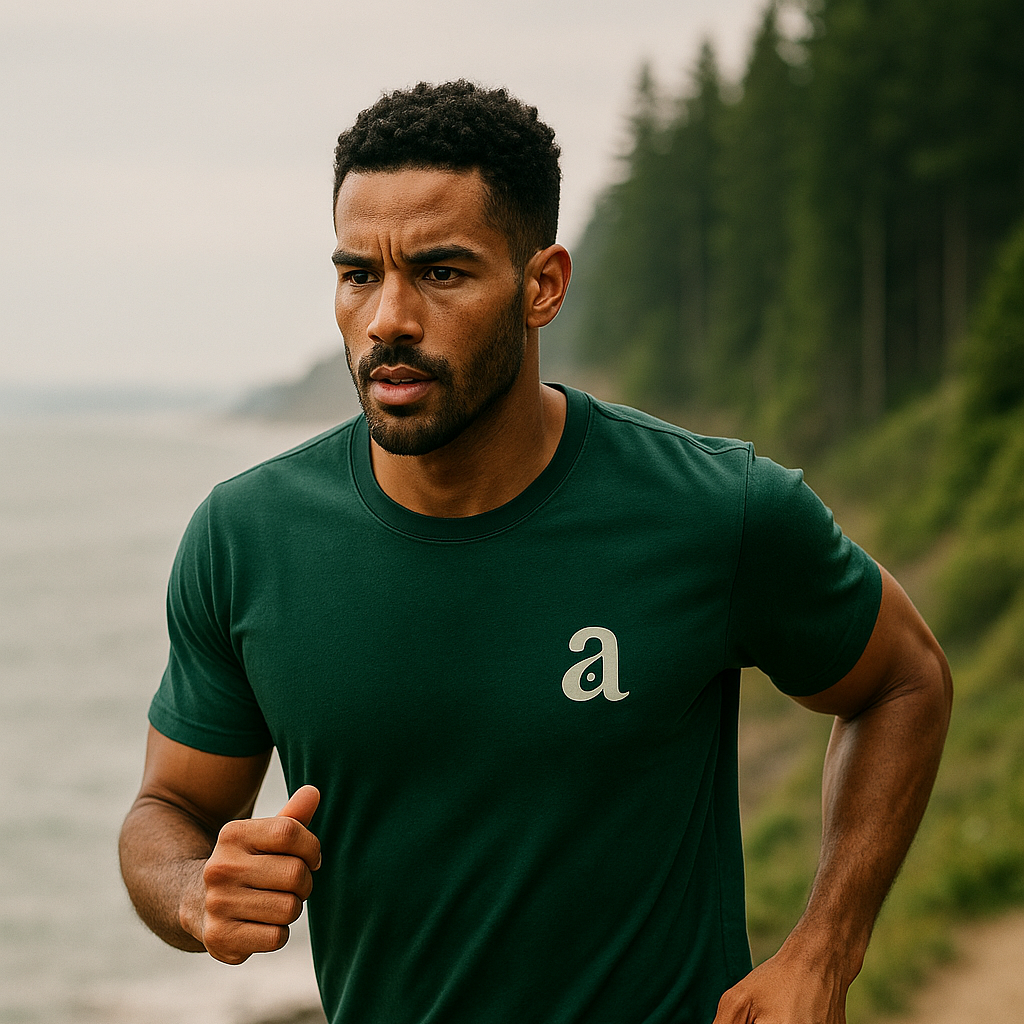Why we created Alvarius


Sustainability is no longer enough.
For decades, the fashion industry has operated on a take–make–waste model that depletes natural resources, exploits labor, and contributes significantly to climate change. In response, the word “sustainable” became the rallying cry. Brands scrambled to reduce emissions, recycle fibers, and cut waste. All noble steps.
But here’s the problem:
Even the most “sustainable” fashion practices often just slow the damage.
What if instead of simply doing less harm…
We created clothes that actually help heal the planet?
That’s where regenerative fabrics come in.
Regenerative fabrics are textiles made from materials grown using regenerative agriculture — a set of farming practices that rebuild soil health, increase biodiversity, capture carbon, and restore natural ecosystems.
Unlike conventional farming, which depletes the land, regenerative systems make it better with every harvest.
The result? Fabrics that don’t just minimize environmental impact; they reverse it.
Regenerative textiles are the next evolution in conscious fashion.
They represent a shift from damage control to climate-positive action.

Let’s break down the key principles behind regenerative farming and how they affect the fabrics you wear:
Practices like no-till farming, composting, and cover cropping improve the structure and microbiome of the soil. Healthier soil absorbs more carbon and retains more water.
Rotational grazing and mixed crop systems bring pollinators and wildlife back to the land, creating a balanced ecosystem.
Healthy soil acts as a carbon sink, drawing CO₂ out of the atmosphere and locking it underground — a powerful tool in fighting climate change.
Regenerative systems use water more efficiently, reduce runoff, and help replenish aquifers.
The fabrics that emerge from these systems — cotton, wool, hemp, flax — are not only environmentally superior, they’re deeply aligned with nature’s rhythms.
Most cotton is grown using heavy pesticide use and water-intensive monoculture.
But regenerative cotton flips the script.
Farms like those supported by the Regenerative Organic Alliance grow cotton using compost instead of chemicals, rotate crops to nourish the soil, and ensure fair labor practices. The result:
– Softer, more durable fiber
– Significantly lower water use
– Net-positive climate impact
In places like California, sheep are raised on rotationally grazed pasture, where their movement mimics natural grazing patterns. This stimulates plant growth and increases carbon drawdown in the soil.
The term “climate-beneficial wool” was coined by Fibershed, a movement supporting local, regenerative fiber systems. The wool is soft, warm, and entirely renewable.
These ancient plant fibers are making a modern comeback.
- Hemp grows fast with little water or pesticide, improves soil health, and yields incredibly strong fibers.
- Flax (used to make linen) is similarly low-impact and thrives in poor soil.
- Nettle may sound prickly, but its fibers are soft, durable, and naturally antimicrobial.
Until now, the performance category has been dominated by synthetics.
Polyester, nylon, elastane — they’re marketed as breathable, moisture-wicking, and “technical.” But they’re also petroleum-based, non-biodegradable, and often loaded with toxic additives that leach out when we sweat.
At Alvarius, we believe high-performance gear shouldn’t come at a cost to your body or the planet.
That’s why we started with TENCEL™ Lyocell — a low-impact, high-performance fiber made from eucalyptus trees in a closed-loop system. It’s breathable, durable, and plastic-free.
But we’re watching regenerative fabrics closely.
We believe the future of performance wear isn’t more synthetic tech —
It’s less noise, more nature.
It’s soil-powered. Circular. Honest.

Regenerative fabrics are still emerging in the performance space — but that’s changing fast.
Here’s what we’re excited about:
+ Regenerative performance cotton blends with stretch-free support
+ Wool–TENCEL™ hybrids for natural thermal regulation
+ Regenerative hemp knits for warm-weather training
+ New weaving technologies that enhance natural durability without synthetic additives
We’re already exploring partners and mills innovating in this space.
Our long-term goal? To help bring regenerative materials into every layer of movement — from T-shirts to socks to trail-ready outerwear.
Every decision we make as a brand — and as consumers — is a vote.
We can keep choosing fast, cheap, plastic-based gear that pollutes and lingers for centuries…
Or we can choose materials that bring health to the planet, the soil, and the people who wear them.
Regenerative isn’t the future of fashion.
It’s the future of everything.
Let’s wear clothes that grow a better world.
+ Regenerative fabrics are made from materials grown using soil-healing, carbon-sequestering agriculture.
+ They go beyond sustainability by actively restoring ecosystems and fighting climate change.
+ Examples include regenerative cotton, climate-beneficial wool, hemp, flax, and nettle.
+ Regenerative materials are ideal for performance wear — breathable, durable, and non-toxic.
+ Alvarius is starting with TENCEL™ but exploring regenerative textiles as we grow.

Stride into the future of regenerative fabrics with the 100% plastic-free Alvarius Performance Tee.